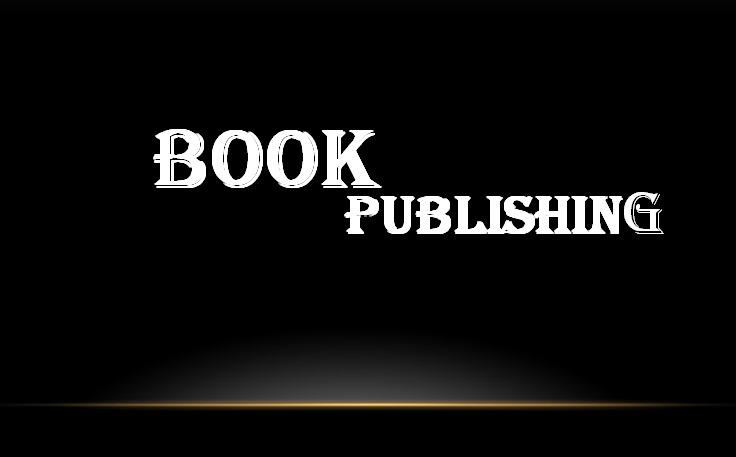Introduction of Book Publishing
Book publishing involves several stages, from developing the initial idea to delivering the final published book. It’s an industry that has grown significantly over the years, especially with the rise of digital publishing. In this article we will explore the key aspects of book publishing, covering traditional and modern methods, the roles involved and the challenges faced by authors and publishers.
Understanding the book publishing process
Book Publishing process can be divided into several stages
Conception and writing
The first step in book publishing is content creation. A writer develops an idea, researches it, and writes it down. This stage can take months or even years depending on the complexity of the topic and the writing style.
Editing
Once the manuscript is complete, J goes through the editing stage. This step includes revising the content, correcting grammatical errors and improving grammar and ensuring that the text is logically flowing.
There are different types of modifications
Developmental Editing:
Focuses attention on the structure and content of the manuscript.
Copy Editing:
Grammar is concerned with spelling and consistency.
Proofreading:
A final check for minor errors before publishing.
Book design and formatting of Book Publishing
After editing, it enters the design phase. This includes creating incentives for both internal pages and the server. A well-designed book server is important to attract readers. Formatting is also done to ensure that the book looks neat and easy to read whether in print or digital formats.
Printing which digital production
After Sham is ready, the next decision is whether to print a physical copy of Aya or create an amibook. With traditional publishing, books are printed in large quantities. Digital publishing, on the other hand, often involves lower costs because the book is sold online and downloaded directly to foreign countries.
Traditional competition digital publishing
Traditional publishing involves a publishing house or company that handles the production, distribution and marketing of a book. In this model, authors submit their manuscripts to publishers or literary agents who review them. If accepted, neither Share takes care of the book’s editing design, distribution, and distribution to bookstores and libraries. Traditional praise has several advantages, such as access to advance editing and marketing support. However, it is also highly competitive and often requires a lot of hard work and luck to get a book deal.

Digital Publishing
Digital publishing has revolutionized the industry by allowing artists to publish their work without the need for traditional publishers. Platforms such as Amazon Kindle Direct Publishing and offer cross-publishing opportunities where authors can upload their manuscripts and cover designs, set their own prices, and sell their books globally. Khudashaad offers a high degree of control and high feedback but also means that the author is responsible for every aspect of the book’s success, including burial marketing and distribution.

Role in book publishing
There are several key roles involved in the book publishing process.
Authors:
Content creators write the book and may also be involved in marketing and promotion.
Digital Web Point
Editor:
The book is well written and error-free on how Peshawarana improves people.
Designer:
Those who work on the cover and interior design of the book.
Agents:
Literary agents represent authors to publishers and negotiate contracts.
Publishers:
Organizations responsible for book publishing, production, distribution and sometimes marketing.
Marketers:
Responsible for book promotion including launch strategies, social media expertise and book signings.
Challenges in book publishing
The book publishing tradition faces some challenges including:
Competition:
With the rise of self-publishing and digital platforms, writers face more competition than ever before. But standing out in a crowded market requires effective marketing and high-quality content.
Changing technology:
The digital age has dramatically transformed how people produce and consume books. Publishers must adapt to trends such as eBooks, audiobooks and interactive content to stay relevant.
Copyright Issues:
The issue of intellectual property is important in publishing. Authors’ agents and publishers should protect their work from unauthorized re-addressing.
The future of book publishing
The future of book publishing looks promising, with Shahid’s future towards greater digitization and re-personalization looking promising. Advances in artificial intelligence, print-on-demand technology, and realty are transforming how authors write, publishers release, and readers consume books. Finally, book publishing is a dynamic field, with both traditional and digital channels offering authors different ways to bring their work to life. Whether you choose to go the traditional route or self-publish the key to success in creating quality content lies in understanding your audience and adapting to the evolving landscape of the publishing industry.
360WebSol






Leave a Reply